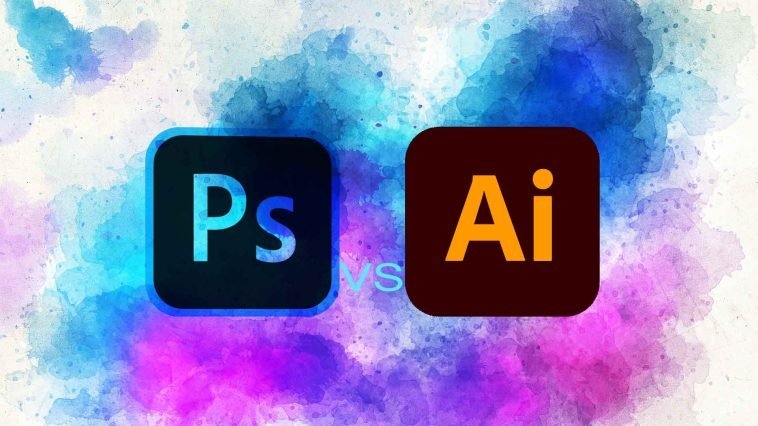Introduction.
Welcome to the world of digital artistry and photo manipulation! With the power of Adobe Photoshop, the renowned image editing software, you can unlock a realm of creative possibilities, including the fascinating ability to place your face on another body.
This amusing and entertaining process, often referred to as “face swapping,” allows you to merge two images seamlessly, creating hilarious, artistic, or even surreal compositions.
In this guide, we’ll walk you through the step-by-step process of how to Photoshop your face onto another body, enabling you to unleash your imagination and embark on a journey of visual storytelling.
With that said, let’s delve into the world of face swapping with Photoshop and discover the tools and techniques that will empower you to merge faces seamlessly and create incredible, eye-catching compositions that will leave others marvelling at your digital artistry!
How Do I Photoshop My Face on Another Body?
The ability to Photoshop your face onto another body opens up a world of creative possibilities, allowing you to transform ordinary photographs into whimsical, humorous, or even surreal compositions.
Whether you’re looking to create funny images for social media, imaginative artworks, or simply want to hone your digital editing skills, learning how to face swap with Photoshop can be an exciting and rewarding journey.
In this step-by-step guide, we will take you through the process of seamlessly blending your face onto another body using Adobe Photoshop, one of the most powerful image editing tools available.
But, before we dive in, we must emphasize the importance of ethical and responsible use. Always respect others’ privacy and seek proper permission before using someone else’s image for face swapping.
Use your newfound skills thoughtfully and avoid sharing manipulated content that could cause harm or distress to others. Let’s embark on this creative adventure and discover the magic of face-swapping with Photoshop!
Step 1: Select the Right Images.
To begin, choose two images that will serve as the foundation of your face swap. One image should feature your face, while the other will be the body onto which you wish to place your face. It’s crucial to select images with similar lighting, angles, and perspectives for the best results.
Step 2: Open Images in Photoshop.
Launch Adobe Photoshop and open both the face and body images. Use the “File” menu and select “Open” to load the files into separate layers.
Step 3: Isolate the Face.
Using the “Pen Tool” or the “Quick Selection Tool,” carefully isolate your face from the original image.
Create a selection around your face, including hair and other defining features. Once you’ve selected your face, copy and paste it onto a new layer.
Step 4: Adjust Size and Position.
Resize and reposition the face layer to fit seamlessly onto the body in the other image. Use the “Edit” menu and select “Free Transform” to adjust the size, angle, and position until it matches the body’s perspective.
Step 5: Refine Edges.
To ensure a natural blend, refine the edges of your face layer. Use the “Eraser Tool” or “Layer Mask” to remove any hard edges and create a smoother transition between your face and the body.
Step 6: Color and Lighting Adjustments.
Make colour and lighting adjustments to the face layer, so it matches the lighting conditions of the body image. Use tools like “Hue/Saturation,” “Brightness/Contrast,” and “Curves” to achieve a harmonious look.
Step 7: Fine-tune Details.
Pay attention to small details like shadows, wrinkles, or hair strands to make the face blend seamlessly with the body.
Use the “Clone Stamp Tool” or “Healing Brush Tool” to fix any inconsistencies and create a convincing face swap.
Step 8: Check for Realism.
Zoom out and scrutinize the entire image to check for any glaring discrepancies. Ensure that the final composition looks natural and realistic.
Step 9: Save and Export.
Once you’re satisfied with the face swap, save your edited image in a format of your choice. Remember to keep a copy of the original files in case you want to make further adjustments later.
Conclusion.
Photoshopping your face onto another body is an enjoyable and creative skill that opens up a world of possibilities in digital artistry.
By following this step-by-step guide, you can learn to create impressive and realistic face swaps using Adobe Photoshop.
However, always use your newfound skill responsibly and with respect for others’ rights and privacy. Remember, the key to successful face-swapping lies not just in technical proficiency but also in ethical consideration and artistic expression.
So, have fun, push your creative boundaries, and produce captivating face swaps that showcase your digital editing talents.






GIPHY App Key not set. Please check settings